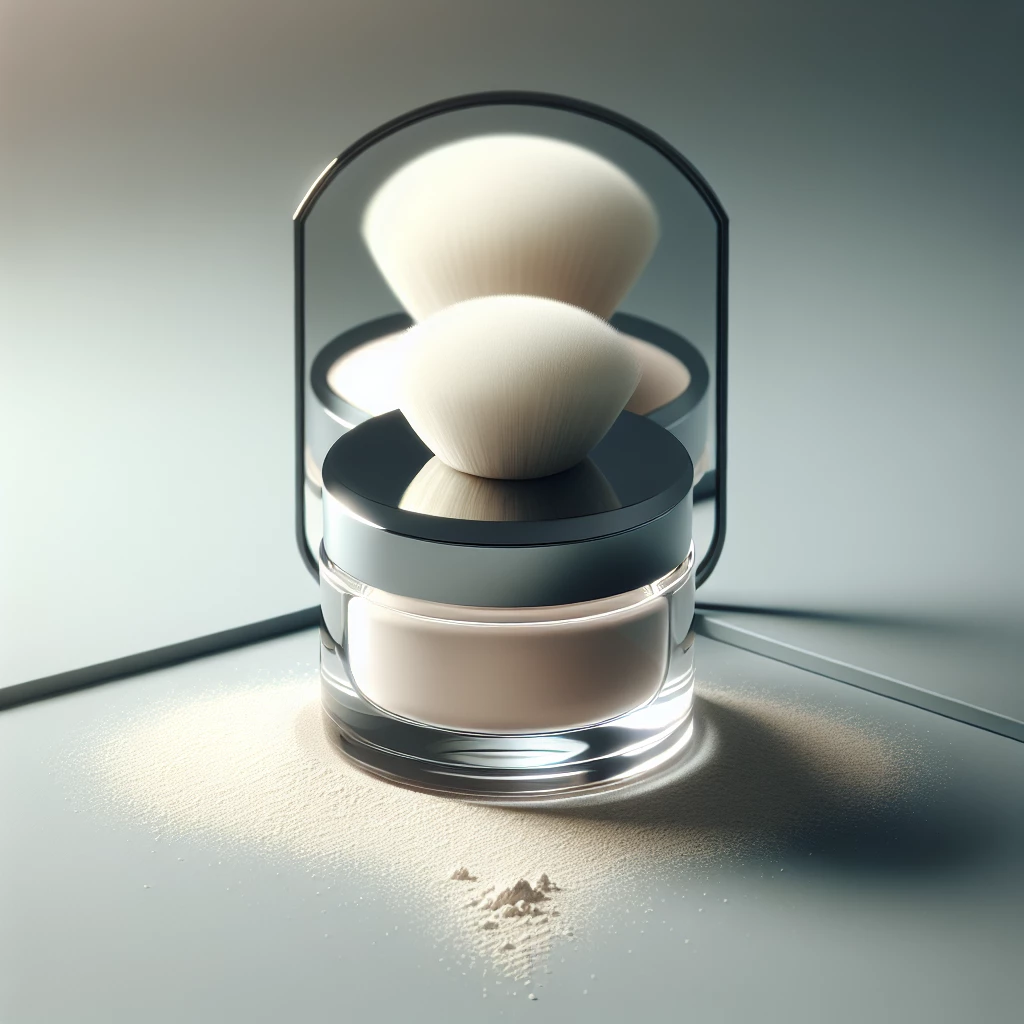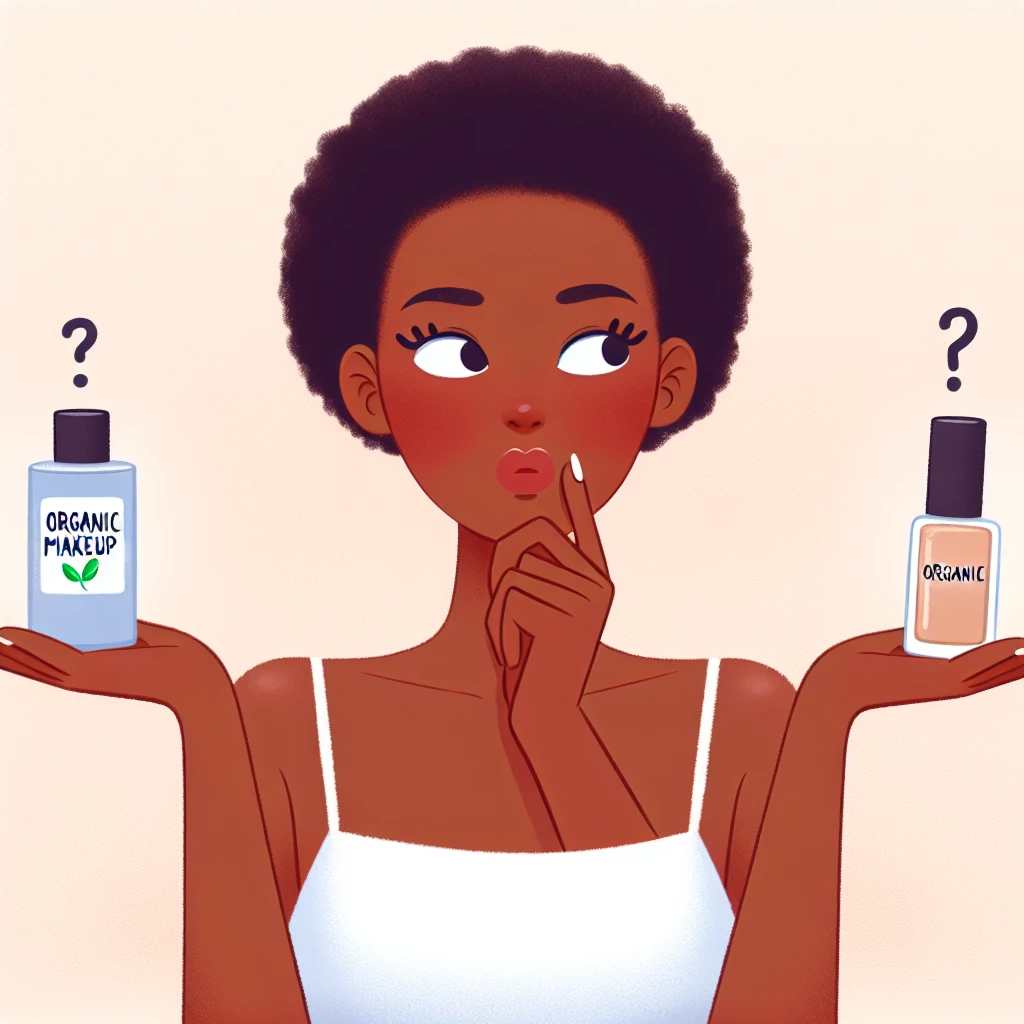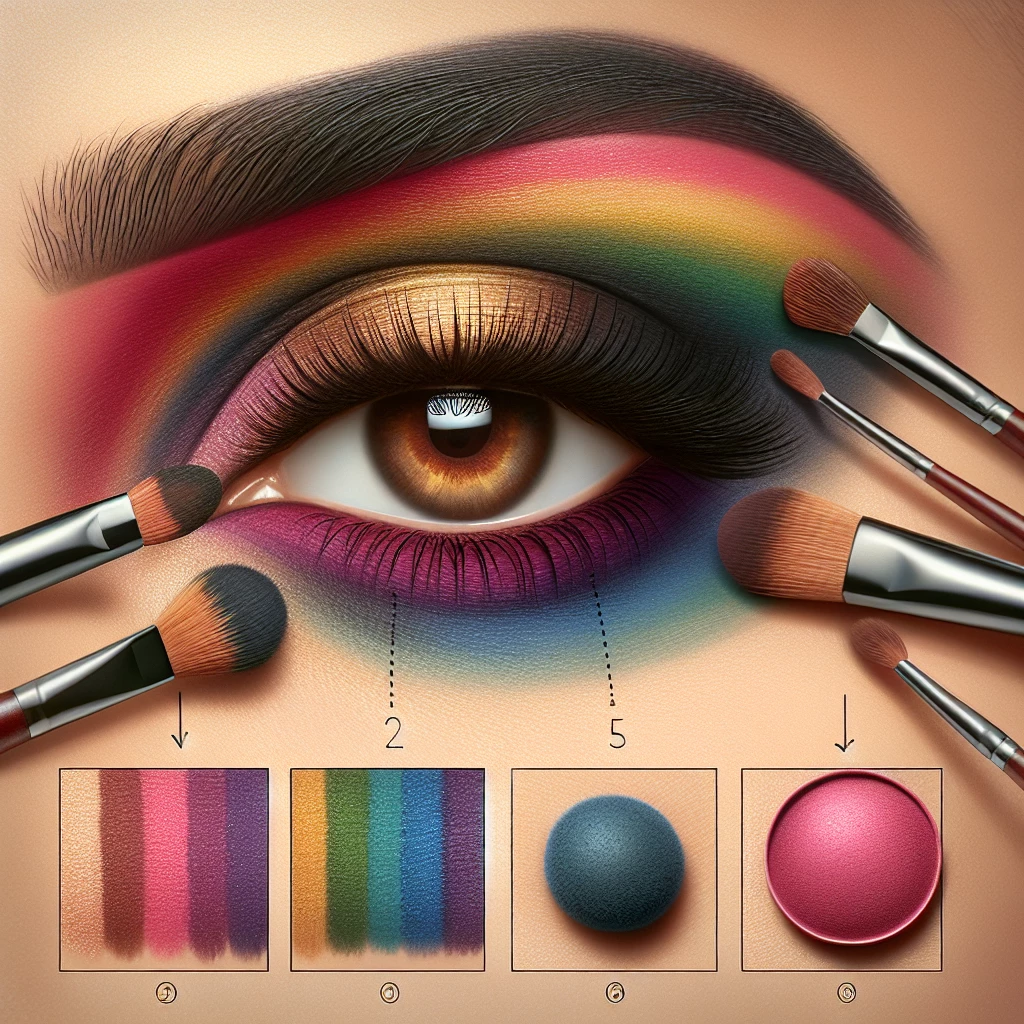Perfect eye makeup is like the cherry on top of a well-executed makeup look, and its secret lies in mastering the art of eye shadow blending. This is a makeup technique that is essential for anyone who wears eye makeup, as it ensures that your eyeshadow does not appear blocky or harsh. Ever seen those perfect smoky eyes or the gradient makeup looks? At the heart of those, among other things, is expertly blended eyeshadow. So, prepare your makeup tools, as today I'll be your guide on the journey to perfect eyeshadow blending.
Understanding the Tools
Just like an artist needs their set of brushes to create magic, your makeup game needs the right tools to do the same. The most essential tool for perfect eye shadow blending is, without a doubt, a good blending brush. The fluffy bristles of blending brushes make them the perfect tool for seamlessly merging eyeshadow colors.
A smaller, more pointed blending brush can be used for more precise blending in the crease and corner of your eyes. Flat brushes are great for applying color on your lids, while pencil brushes are perfect for adding detailed highlights and accents.
Always remember to clean your brushes regularly as this will not only prevent color mixing but also rid them of any bacteria that could lead to skin irritation or breakouts.
Prime Your Lids
Like a canvas is prepared before being painted, your lids need to be primed before the eyeshadow is applied. Priming ensures that the colors pop and stay on longer. It also provides a smoother surface for the eyeshadow to stick to.
There are various eye shadow primers available in the market. However, if you don't have one handy, a simple hack is to use some concealer or foundation and set it with a transparent or skin-toned powder.
The key is to apply a thin layer to prevent the makeup from looking cakey or heavy.
Choosing the Right Colors
Next on our makeup tutorial is color selection. A good rule to follow is to select three colors from the same family rather than picking random shades. One should be a dark shade, one medium, and one light.
These will be your contour color, base color, and highlighter respectively. Having colors of the same family ensures a natural-looking gradient when blended together.
Of course, feel free to experiment once you've got the basics down!
Applying and Blending Techniques
Start by applying the medium shade eyeshadow onto your eyelid as the base. Then take a blending brush and start blending the color in a windshield wiper motion in your crease.
Next, apply your dark eyeshadow on the outer corner of your lid and blend into your crease using the back-and-forth motion. The key is to blend as you go, rather than waiting till all the colors are on your lids.
Finally, apply the lightest shade under your brow and in the inner corner of your eye to create the highlight. This visually enhances and opens up your eyes. Remember, practice makes perfect!
Final Tips and Tricks
Never forget to tap off excess eyeshadow before applying it to your lids, as it could potentially ruin your makeup with fallout or intense pigmentation that's hard to blend.
Consider using a transition shade (a neutrally toned eyeshadow) to blend the edges of your eyeshadow and create a softer look.
Don't be afraid to use your finger for blending, particularly for shimmer or glitter eyeshadows. It can sometimes offer more control and better blending.
Mastering eye shadow blending isn't difficult. It just requires the right tools, techniques, and a bit of patience. Remember that the key is to take the time to blend your eyeshadow properly - it's all about merging colors seamlessly rather than spreading colors over your lid. Practice these makeup techniques, remember these tips, and soon you'll be rocking flawless eye makeup looks like a pro.

Transform with Translucent Powder
Learn how to use translucent powder to set your makeup and control oil for that flawless finish.

Organic Makeup: Is It Worth It?
Discover the pros and cons of organic makeup, and decide if it’s the right choice for you.

Battle of the Brands: Makeup Comparison
In-depth comparison of popular makeup brands to help you make the best choice for your skin.

Creating a Classic Winged Eyeliner
Master the classic winged eyeliner look with our step-by-step guide.
